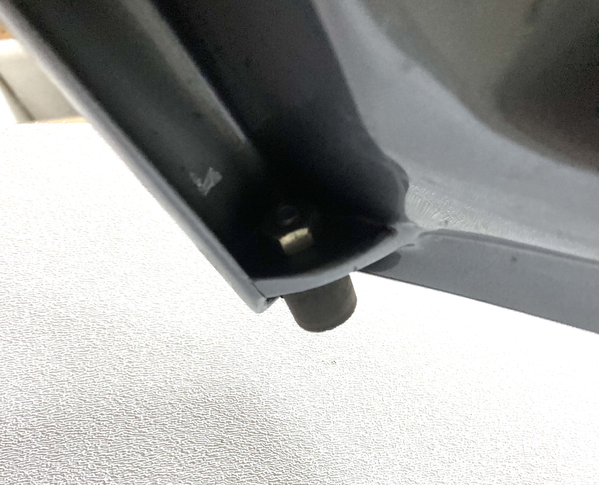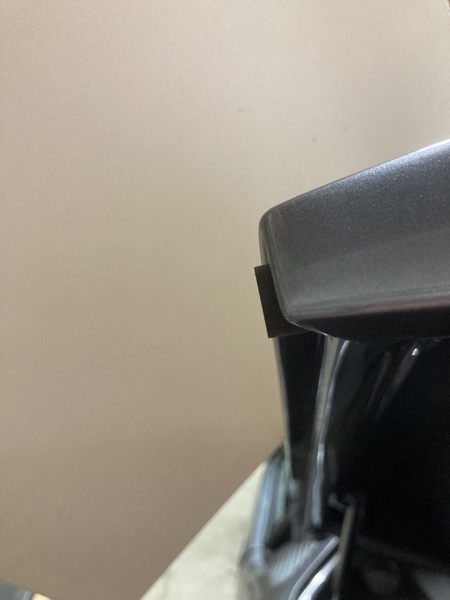No- there should be no problem from the adjustable camber bar, as long as you don't get greedy in restoring any relaxation of the spot-welded chassis, and try to crank in 100% of the needed pre-load correction all at once. I suggest that, if your rear camber is excessive, you only add about 25% of the ultimate pre-load needed to bring the rear camber back to zero, with a few days of town (i-e- bumpy roads) driving between successive adjustments. This slow approach seems to allow the body time to relax without visible distortion, even with old, well cured paint. BTW, I do adjustments with the rear wheels off the ground.
Note there are two basic camber bar designs; I've found the one that works most reliably is the one Hall Pantera sells. This steel bar has extended ends that fit far inside the welded pockets, nearly in contact with the upper rear shock eyes. Other vendors also sell this type. Aluminum bars are as heavy as the steel bar and are invariably made with short ends like the non-adjustable stocker. If you need a fancy bar, have Hall's bar chromed & engraved. It's encapsulated bar ends take most of the cornering loads in the pockets, leaving the sloppy, oversized holes in the welded tabs to only locate the bar ends, not to take loads they are not strong or precise enough to handle.
When adjusting pre-load, crank the adjusting clevis so the locating cross-bolts are firmly in contact with the outer end of its slotted hole in a tab. Some owners then block any bolt-shift from extreme cornering loads by filling the backside of the tab-slots with JB-Weld before tightening the bolts. Cured J-B removes easily if req'd. Even with ARP super-bolts used to hold camber bar adjustment, you simply cannot tighten the crossbolts tight enough to keep them from shifting around. This is exactly the same as trying to hold front wheel camber adjustment, and J-B Weld as an adjusting-slot filler works there, too.
Further, decklid shift CANNOT be controlled with the camber bar or with any of the three different factory decklid latch designs. In fact, my experience is decklid shift in Panteras cannot be controlled AT ALL, due to the size & wt of the panel and lack of stiffness in stock car construction. So to keep from chipping paint, add a 1" square sheet rubber tire patch inside the fender channel at the outer ends of the decklid. This will economically stop paint chips & noise when- not if- the decklid shakes over bumpy roads.






